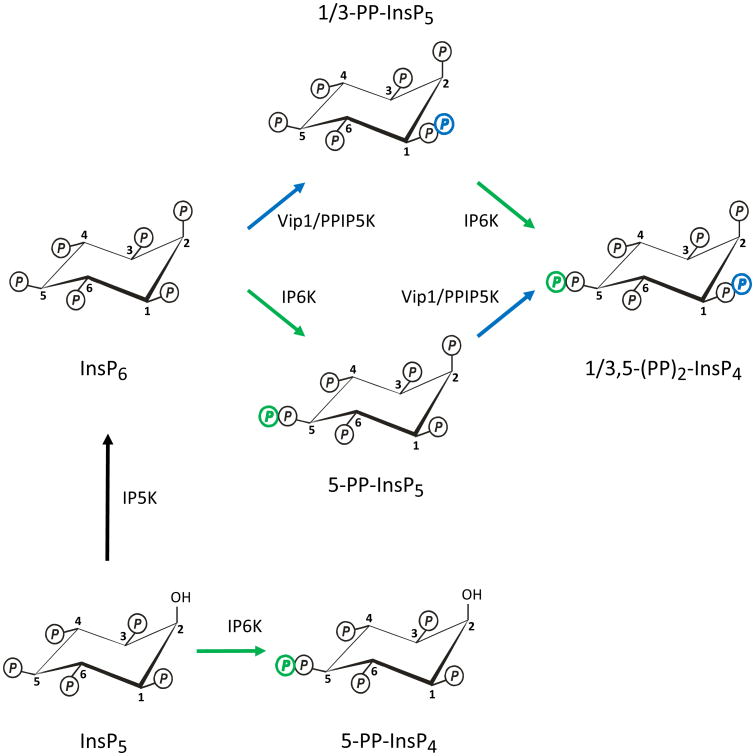Fig. 1. Synthesis of diphosphoinositol polyphosphates.
These metabolic reactions account for the synthesis of diphosphoinositol polyphosphates in both yeasts and mammalian cells. In the abbreviations of the chemical structures, “Ins” indicates the myo-inositol skeleton. The number of monophosphates around the inositol ring is denoted as a suffix after the ‘P’. The prefixes denote the number of diphosphates (PP). The schematic shows reactions catalyzed by the IP5K (also known as IPK1; black arrow), the IP6Ks (green arrows), and the Vip1/PPIP5Ks (blue arrows). The position of the diphosphate at the 1-position is an arbitrary choice between the two available options, namely, the 1- and 3-positions (see text for details). So as to simplify the figure, the reactions catalyzed by the DIPP phosphatases are not shown.

